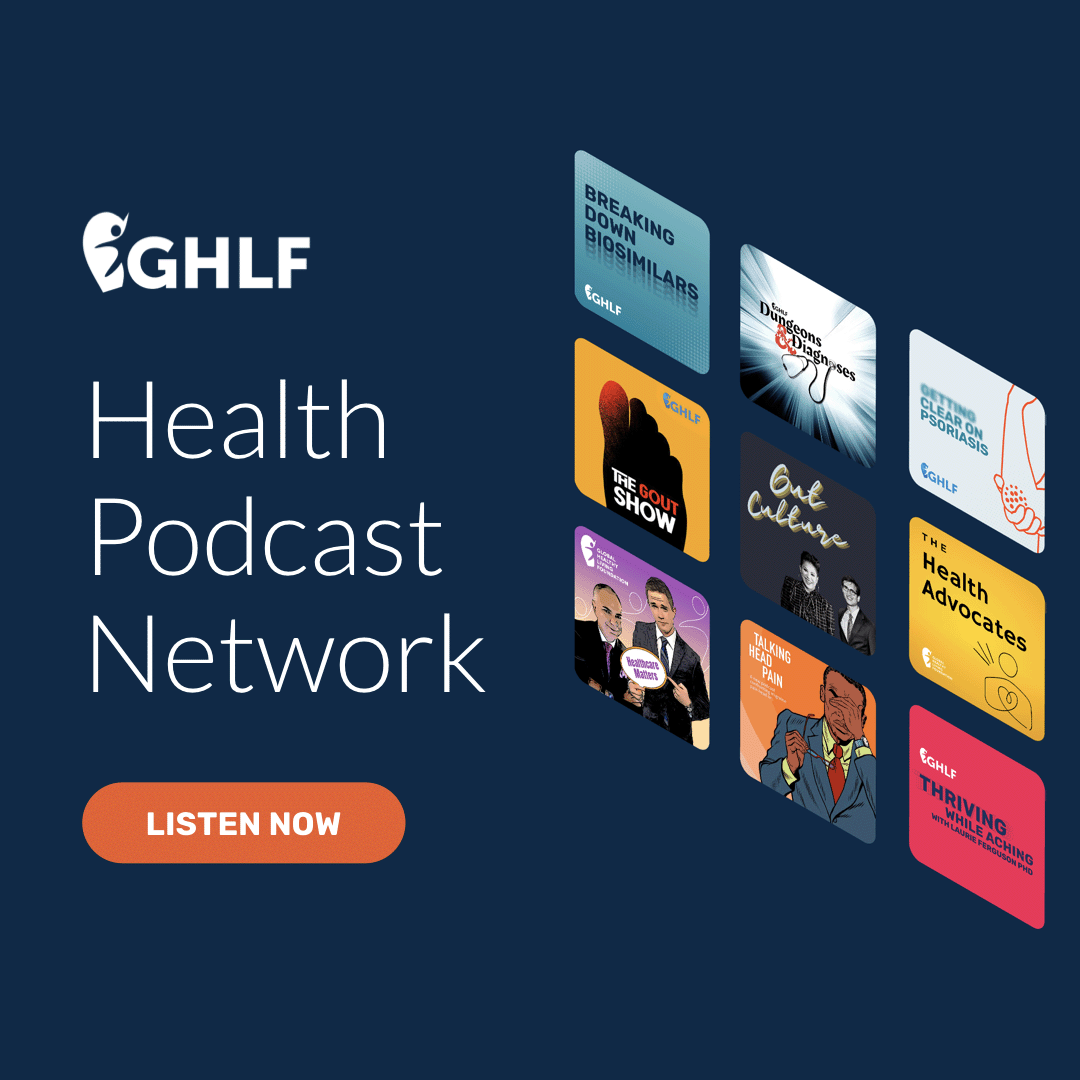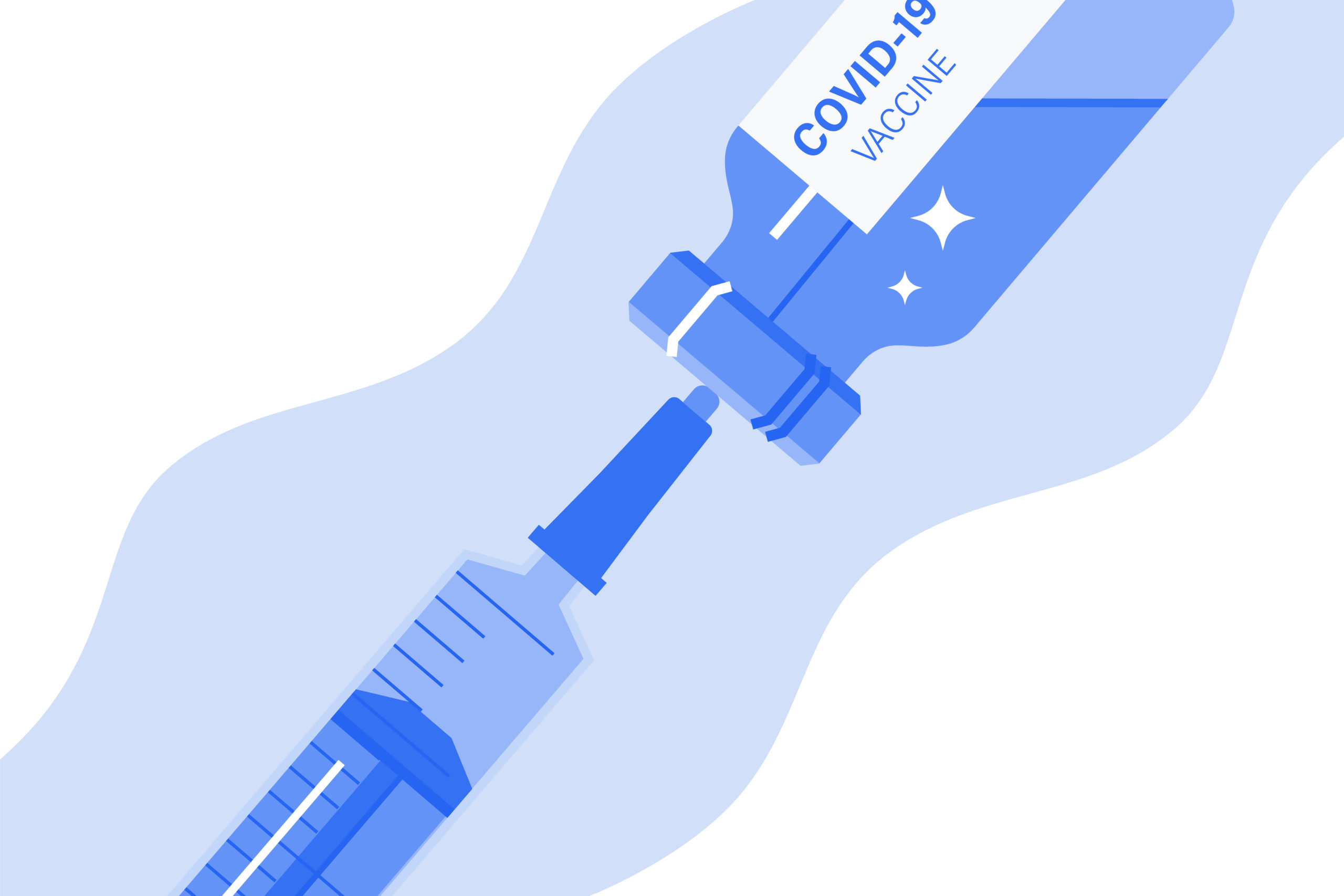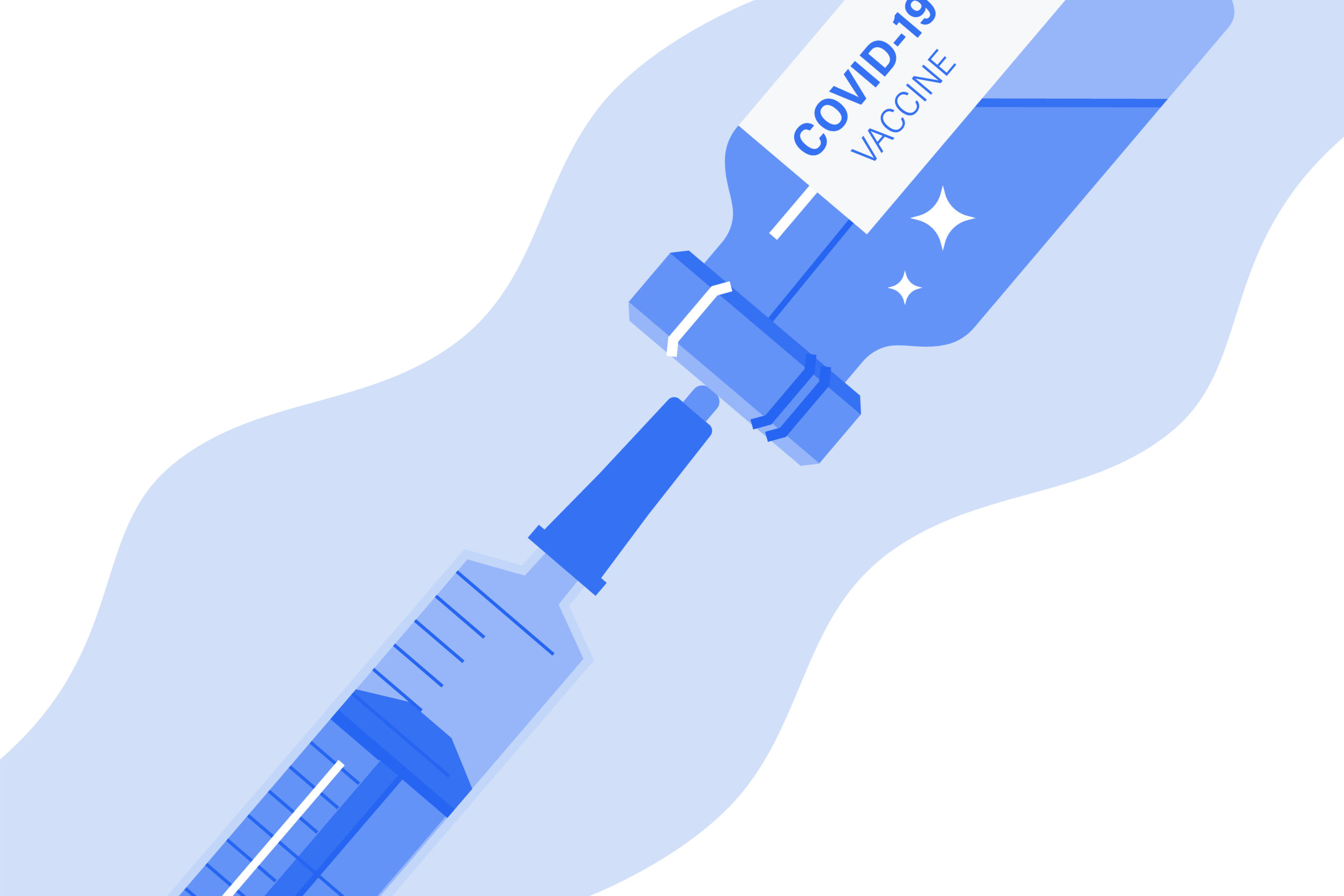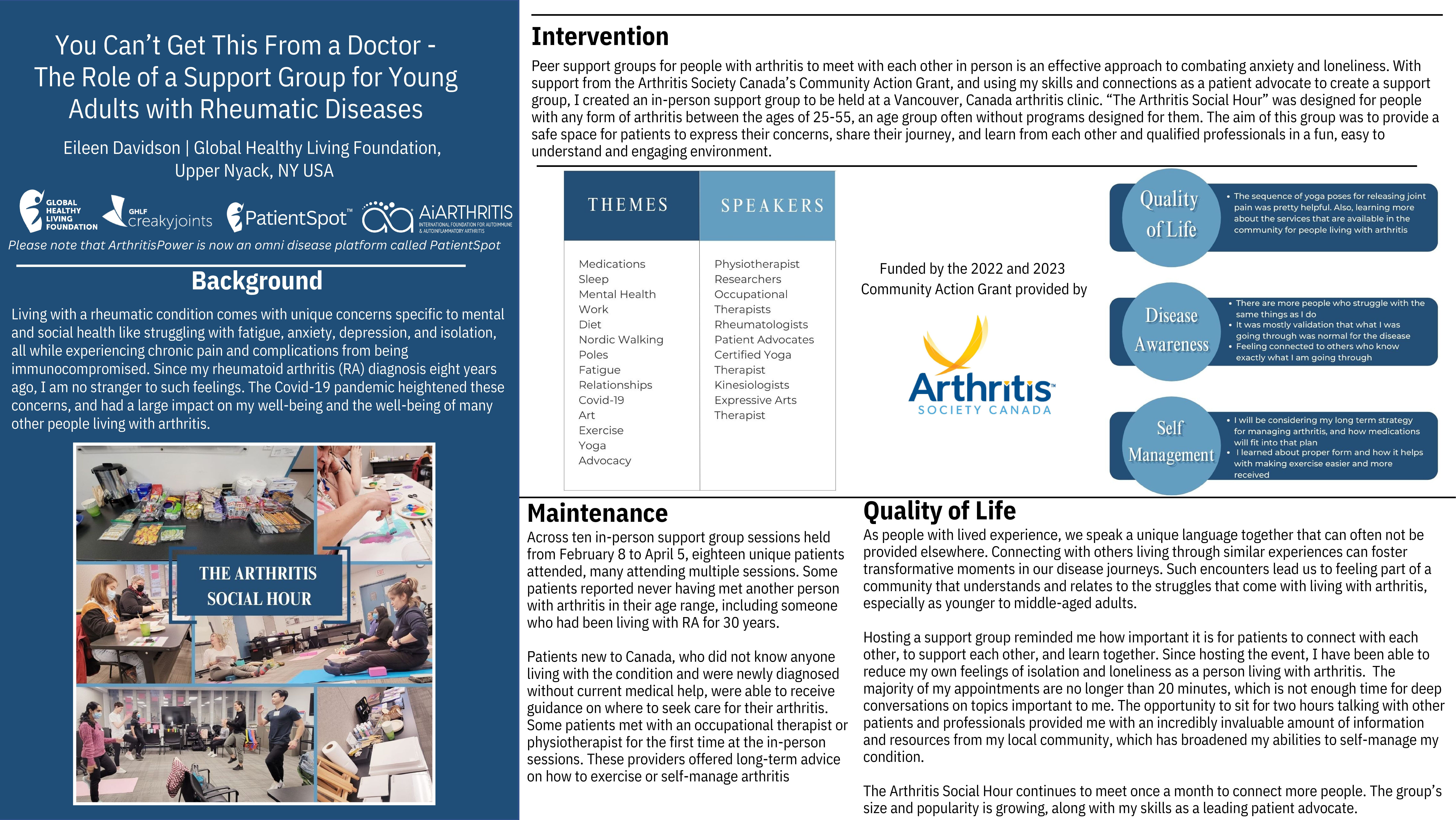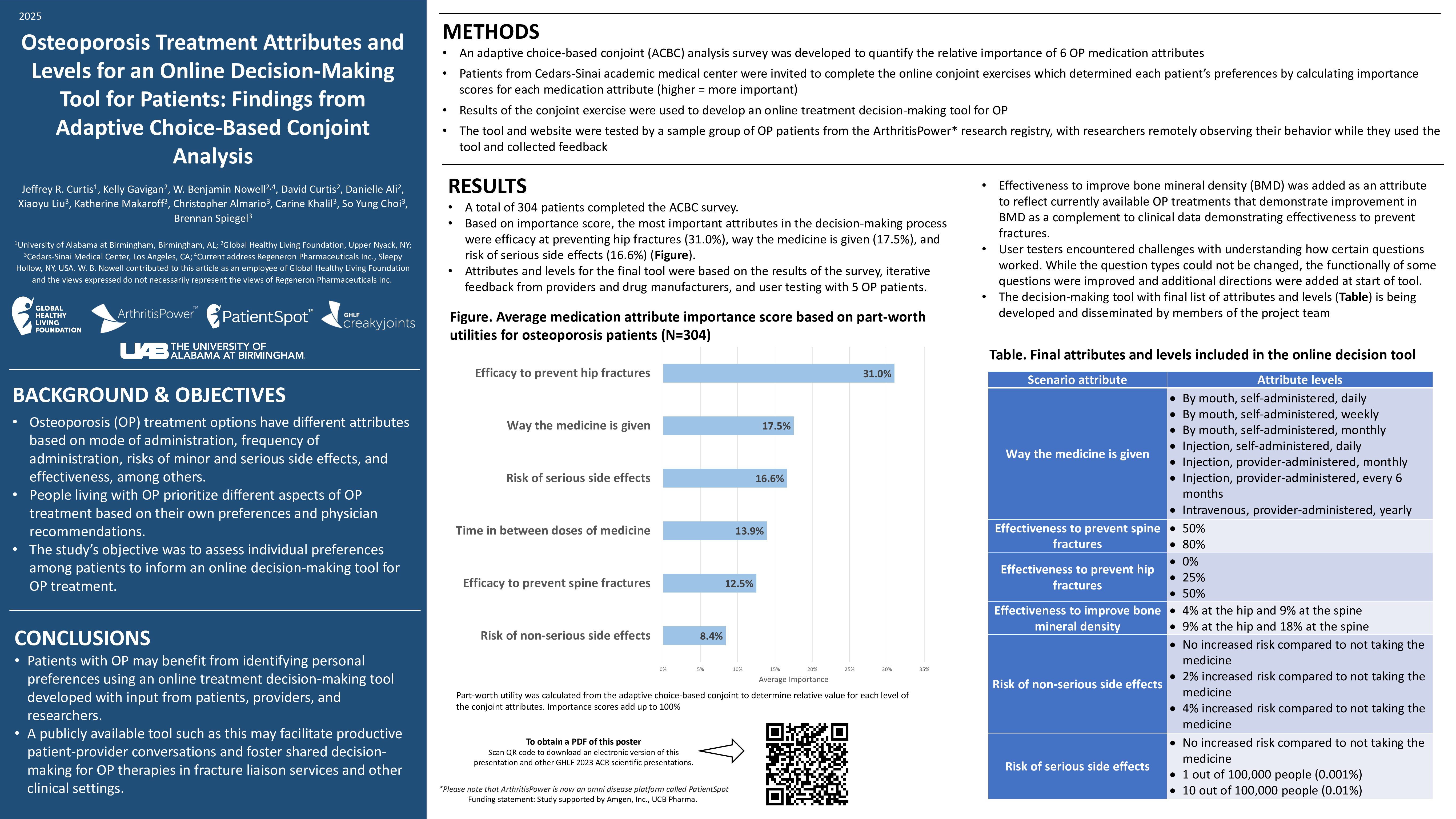I can’t walk into a Macy’s department store without feeling emotional. Shopping for a new holiday outfit should be a happy occasion, yet when I see a Macy’s logo, my eyes well up with tears. Prior to my mom’s passing from cancer six years ago, we would shop together at Macy’s. What I would do to hear her ask “Honey, are you busy? I’m thinking about looking for a new cardigan,” or to go shopping with her just one more time.
Going to the mall also makes me nostalgic for my father, who passed away from cancer more than 26 years ago. I wish I could hear him whistle that circus theme I found so annoying when we were walking through the mall together.
The holidays can be particularly difficult for people who have lost a family member or friend they can’t celebrate with in person any longer. “It hurts hard because we love hard,” says rheumatoid arthritis advocate Elisa Comer, who lost her mother on Christmas Day of 2021. “Grief occupies itself on your plate and after a while it gets heavy.”
Eddie Applegate, who lives with psoriatic arthritis, lost his father two days before Christmas of 2021. “He was the type of dad who showed love through doing more than saying. He would do whatever he could to help us whenever we asked,” says Eddie.
For both Elisa and Eddie, the holiday season is bittersweet this year, filled with loving memories that simultaneously make them feel happy and sad. When you are feeling down and flooded with memories of a loved one, it can bring joy but also pain — and for some people with autoimmune conditions, it can also lead to flares.
How Grief Impacts the Body
A simple subtle trigger can unleash a wave of emotions that manifest as chest tightening, rapid heart rate, muscle weakness, headache, and tears of sadness mixed with the joy of memories. And for those of us with rheumatoid arthritis, fibromyalgia, or another type of inflammatory disease, these emotions can also lead to increased flares, or a rise in disease activity than can last days, weeks, or even months.
Grief has biological effects, says Laurie Ferguson, PhD, clinical psychologist and Director of Education Development at the Global Healthy Living Foundation. She explains that the body is holding the sadness, loss, and loneliness. Resisting stress can cause muscles to tense up, which can lead to joint and nerve pain. Sometimes we may close our eyes and try to shut off the valve, but those bottled-up emotions can lead to flares for people with chronic conditions.
Research suggests that there’s a link between grief and inflammation. A 2018 study compared individuals experiencing grief from the loss of a loved one to those who had fewer symptoms of depression and found that the group severely grieving had greater inflammation. Another study showed individuals severely grieving a loss experienced a 45 percent increase in interleukin-6, a pro-inflammatory cytokine, per hour over a two-hour period after taking a psychological stressor test.
Tips for Coping with Grief This Holiday
What saves me from my melancholy when I’m in pubic is to shelve my sadness and to try my best to focus on the task at hand. When something triggers a memory and a wave of sadness hits me, I nudge the joyful, but painful, memories aside. Setting feelings aside is temporary; I’ll visit those memories later when I am not in public. That doesn’t always work, but it has become easier over time.
While putting aside feelings of sadness may be a good short-term strategy, it’s not a long-term solution. Here are a few more suggestions from Dr. Ferguson on how to cope with grief during the holidays and beyond.
- Don’t resist it, but don’t live in it. “Let it move through in any way you can. Don’t resist. It will pass. You’ll feel it but not forever,” says Dr. Ferguson.
- Allocate a “blue hour.” Allow yourself an hour or two each week and maybe each month to intentionally think of your loved one. Go through old photographs, put on their favorite song, or just sit quietly and stir up memories together.
- Reframe the memory as a fun time. Before the sadness overwhelms you, try to think of it as a special time you had together.
- Talk with a friend, family member, or mental health specialist to let out your bottled-up feelings. As famed scholar Maya Angelou once wrote: “There is no greater agony than bearing an untold story inside you.”
- Minimize stress the best you can, and acknowledge that you are doing the best you can right now.
- Try starting a new tradition instead of living in the old traditions you had with that special somebody. Continuing old traditions can be bittersweet. If it’s too much to go through, consider starting a brand-new tradition or a way to honor the memory of your loved one.
- Give yourself time. “People think they need to move on from everything. With cultural and religious holidays full of memories, it’s important to remember to be kind to yourself. You don’t need to live by someone else’s clock,” says Dr. Ferguson.
Preventing and Managing Flares
Sometimes it doesn’t matter what we do or don’t do; flares just happen. There are a few strategies Eddie, Elisa, and I use to ease flares that we think others with chronic conditions may benefit from trying this holiday season.
Minimize stress – if you can.
Eddie knows that stress is one of his triggers for psoriatic arthritis flares, so over time he has learned to minimize stress. “I have to be very aware of being in a stressful situation and not overdoing it then. But I also make time for myself mentally and physically to try to stem the tide before it even starts.” Try one of these tips for fighting stress.
Schedule blank space in her calendar
Elisa does not keep her schedule full; in fact, she schedules blank space in her calendar. Every third day or so, she plans a “down day” when she doesn’t run errands or meet a friend for lunch — both of which could wear her down. “I try to be strategic with my schedule and stay in front of those flares,” Elisa says.
Apply heat
To avoid a flare from progressing, Eddie applies heat in the form of a good tub soak or uses a heating pad. Elisa turns to an outdoor therapy pool for heat therapy.
Try physical therapy
In addition to her medication, Elisa regularly goes to physical therapy where she’s learned stretches and home exercises to do on her own when she feels a flare brewing.
Ask about medication
Whether you love it or hate it, prednisone may be beneficial in treating a flare. Your doctor may recommend a change in your medications or a supplement to get through the flare.
Find a healthy distraction
“I try to find something relaxing or distracting to do,” says Eddie, who likes to read or do crossword puzzles. “Anything to occupy and refocus my mind is a good thing.”
Personally, sight-reading piano music is a great distraction that helps shift my brain and pull me away from the blue funk I’m in. It’s therapy for me. Here are a few more ideas:
- Binge watch a good crime thriller or baking competition
- Go for a walk
- Try deep breathing exercises
Give back to others
Paying it forward helps Elisa “serve it out” as she calls it. In addition to bringing a “gluten-free pizza” to a friend in need, she also records and texts short meditation music pieces to friends. On occasion, she goes to the local hospital and plays piano for those waiting for their loved ones to come out of surgery. Elisa learned to play piano from her mother.
Connect with others
Reach out to a friend, family member, or a CreakyJoints community member. We are here for each other. Know that you are not alone.
Want to Get More Involved with Patient Advocacy?
The 50-State Network is the grassroots advocacy arm of CreakyJoints and the Global Healthy Living Foundation, comprised of patients with chronic illness who are trained as health care activists to proactively connect with local, state, and federal health policy stakeholders to share their perspective and influence change. If you want to effect change and make health care more affordable and accessible to patients with chronic illness, learn more here.




